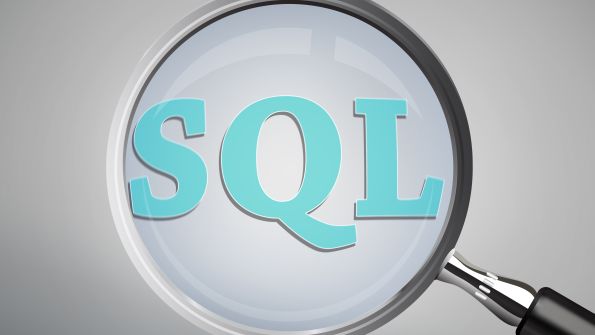Creating a SQL Server 2012 Installation for Windows Server CoreCreating a SQL Server 2012 Installation for Windows Server Core
Server Core is perfect for SQL Server
April 17, 2012

One of the most important new features in the SQL Server 2012 release is the ability to run it on Windows Server Core. Server Core is perfect for back-end infrastructure applications such as SQL Server. It provides all the Windows Server core services but lacks the graphical management shell, which you don’t really need on a server box.
Related: Welcome to SQL Server 2012 and Windows Server 2012 and SQL Server 2012: Better Together
Running on the leaner Server Core requires less overhead, but more importantly, it's also more secure because it has a smaller attack vector and requires significantly less patching. Microsoft says that Server Core reduces the need for patching by almost 60 percent over a full Windows Server installation.
It's important to note that the Server Core implementation in Windows Server 2012 (originally code-named Windows Server 8) will be significantly easier to use than the current Windows Server 2008 R2 implementation. Unlike that version, where you have to choose either a full installation or a Server Core installation, the upcoming Windows Server 2012 Server Core has an installation option that you can switch on and off.
Here's a guide to the steps for creating a SQL Server 2012 installation for Windows Server Core.
1. Perform the basic Server Core configuration with sConfig.
If this is the first time you’ve used the Server Core system, you’ll need to use these options on the Server Configuration tool interface to perform the basic server setup: 8) Network Settings, 1) Domain/Workgroup, 2)Computer Name. Then select 4) Configure Remote, followed by 2) Enable Windows PowerShell.
2. Enable Windows PowerShell and the .NET Framework on Server Core.
To enable PowerShell 2.0 and the .NET Framework 4.0, run the following commands:
DISM /Online /Enable-Feature /FeatureName: NetFx2-ServerCoreDISM /Online /Enable-Feature /FeatureName: NetFx3-ServerCoreDISM /Online /Enable-Feature /FeatureName: MicrosoftWindows PowerShelldotnefFx40_Full_x86_x64_SC.exe /passive /promptrestart3. Open the Server Core firewall ports for SQL Server using netsh.
Run the following commands in the Server Core command prompt:
netsh firewall set portopening TCP 1433 "SQLServer" netsh firewall set portopening TCP 1434 "SQL Admin Connection"Depending on which SQL Server features you’re using, you might need to open more ports. For more information you can refer to the MSDN article "Configure the Windows Firewall to Allow SQL Server Access."
4. Run the SQL Server command-line installation.
Run the following command for the Server Core command prompt:
Setup.exe /qs /ACTION=Install /FEATURES= SQLEngine,Replication /INSTANCENAME=MSSQLSERVER /SQLSVCACCOUNT="" /SQLSVCPASSWORD="" /SQLSYSADMINACCOUNTS="" /AGTSVCACCOUNT="NT AUTHORITYNetwork Service" /TCPENABLED=1 /IACCEPTSQLSERVERLICENSETERMSNote that the parameters can change depending on the features you want to install. You can refer to the Microsoft article "Install SQL Server 2012 on Server Core."
5. Enable SQL Server remote access.
Run SQLCMD from the Server Core command prompt. Then run the following commands in the SQLCMD window:
EXEC sys.sp_configure N'remote access', N'1'GORECONFIGURE WITH OVERRIDEGO
About the Author
You May Also Like






.jpg?width=700&auto=webp&quality=80&disable=upscale)
